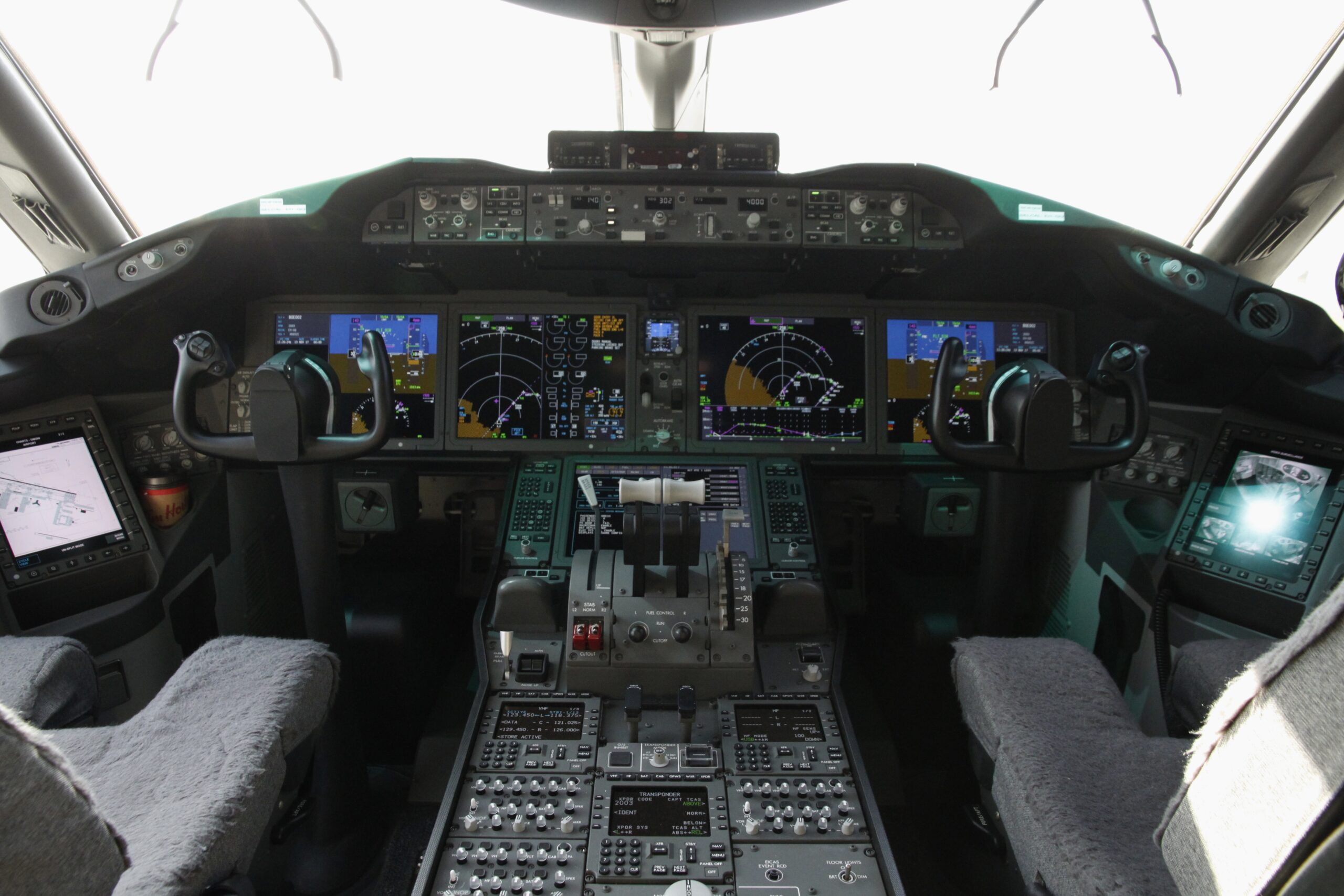
Boeing 787 10 1 scaled
There is no quick solution to the restrictions that airlines in the US are faced with because of the 5G C-band issues. It could take a couple of years until radio altimeters that fully comply with 5G are available and the current operational restrictions can be lifted. This was clear from a House Transportation Subcommittee hearing on February 3. Fix of US 5G issues might take a couple of years.
Asked how long it takes to finalize new performance standards for radio altimeters, FAA Administrator Steve Dickson said that this might take most of this year but more likely until this time next year. Once the new standards have been confirmed, suppliers of the hardware – Collins Aerospace, Thales, Honeywell – need to incorporate these standards in modified or new designs. According to chairman Nick Calio of Airlines for America, it will be years before the issue is fully solved. 5G disruptions will affect some 345.000 passenger flights each year. “Unfortunately, the current process has provided a complicated web, based on aircraft by aircraft, runway by runway, radio altimeter by radio altimeter, made on a flight by flight basis”, Calio said.
The subcommittee was surprised and critical of all involved that it has taken so long for the FAA, the Federal Communications Commission, and wireless companies to act on the problem. Dickson said that the FAA and aviation industry urged caution as early as 2015 when the first initiatives were published to make part of the C-band frequencies available that are adjacent to those used for radio altimeters. The agency and Boeing called for more analysis of this issue and to develop uniform standards.
The winners of the 5G auction, AT&T and Verizon, announced their intention to deploy the system last December, but the FAA and Secretary Pete Buttigieg twice requested a pause. It was only then and after the FAA and wireless companies started exchanging technical information that allowed the agency to start its initial assessment of the issue, said Dickson. Committee members were astonished that both the FAA and wireless companies acted too late and too slow. Dickson said: “This is one of the differences between the aviation industry and the telecommunications industry. They aren’t used to the precision we need to have when we are rolling out new technologies.”
5G has been switched on in parts of the US on January 19, but AT&T and Verizon agreed in an eleventh-hour decision that antennas that are “unacceptably close” to around 87 airports with low visibility approaches remain switched off for six months. With no quick fix in sight, this could mean that the status quo will be maintained until modified or new radio altimeters that don’t suffer from interference are available.
Currently, ninety percent of the US fleet is allowed to perform low-visibility landings at airports with 5G, as the FAA has cleared radio altimeters on all Boeing and Airbus models, plus the Embraer E170 and E190. But Dickson said that the FAA recognized that come communities and operations have been affected by restrictions on certain radio altimeters. Last week, both Alaska Airlines and JetBlue said that the issue has limited their operations to certain regional airports.
Interim ADs apply to newer Boeing models
Although the FAA has cleared radio altimeters on all Boeing models, at the same time it has issued interim Airworthiness Directives for the 787, 777, 747-8, and more recently the MAX as 5G signals could interfere with other aircraft systems that rely on radio altimeter data, notably the autothrottle, Ground Proximity Warning System, Traffic Collision Avoidance System, and thrust reversers. Cockpit crew need to be trained on restricted operations and are prohibited from using certain items of the minimum equipment list.
“We firmly believe that by working together, 5G and aviation can safely co-exist. (…) My job is to make sure that the safety of the traveling public and the safety of the aviation system isn’t compromised and that is a very high bar”, said Dickson. He noted that 5G hasn’t run into issues in other countries as systems operate at reduced power levels and slightly different frequencies, while the US air system is also busier than in most countries.
The FAA is now in daily communication with altimeter suppliers to solve the problems and has also asked them for a longer line of sight on their deployments, “so that we are not within a week of the next tranche of towers having put this relief out on very short notice.” Auctions for other frequencies are becoming available in the future that could cause new issues if the implications aren’t addressed on time.
Views: 0



